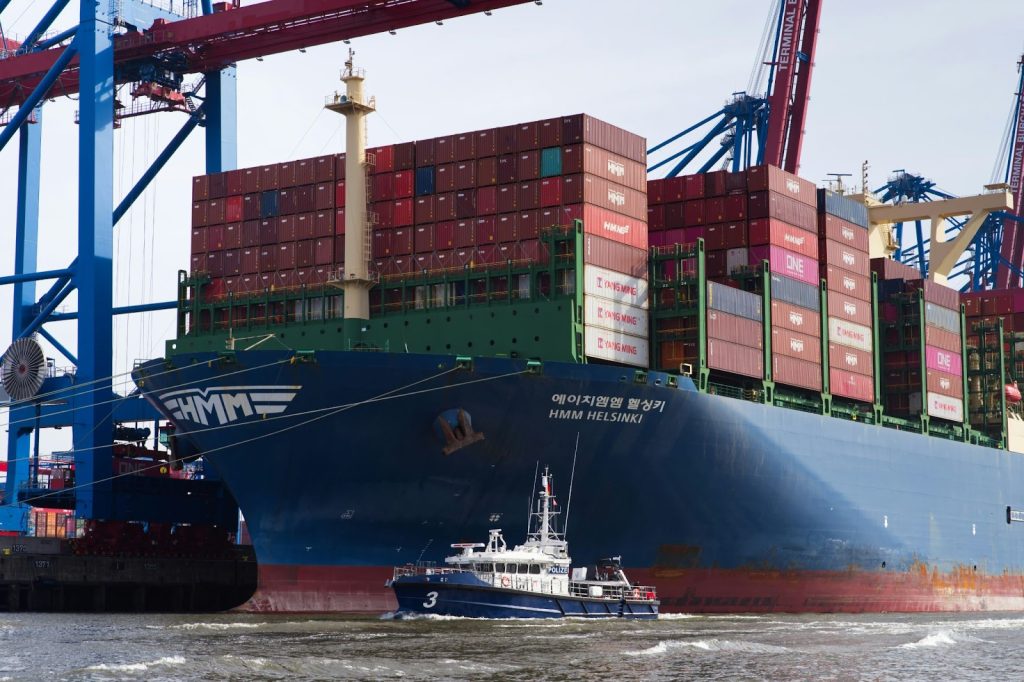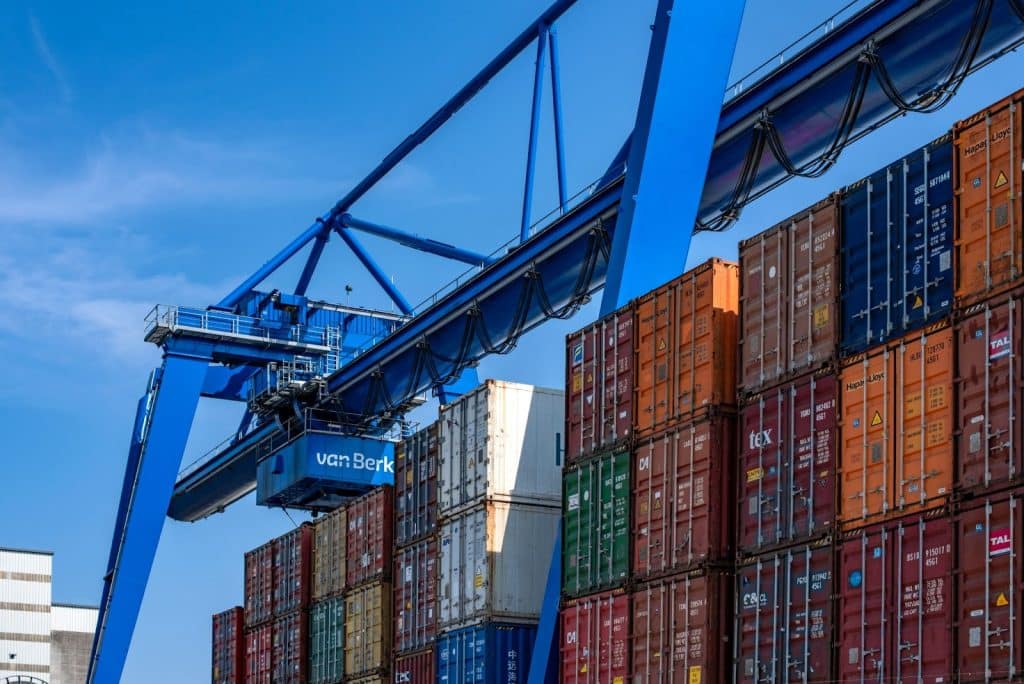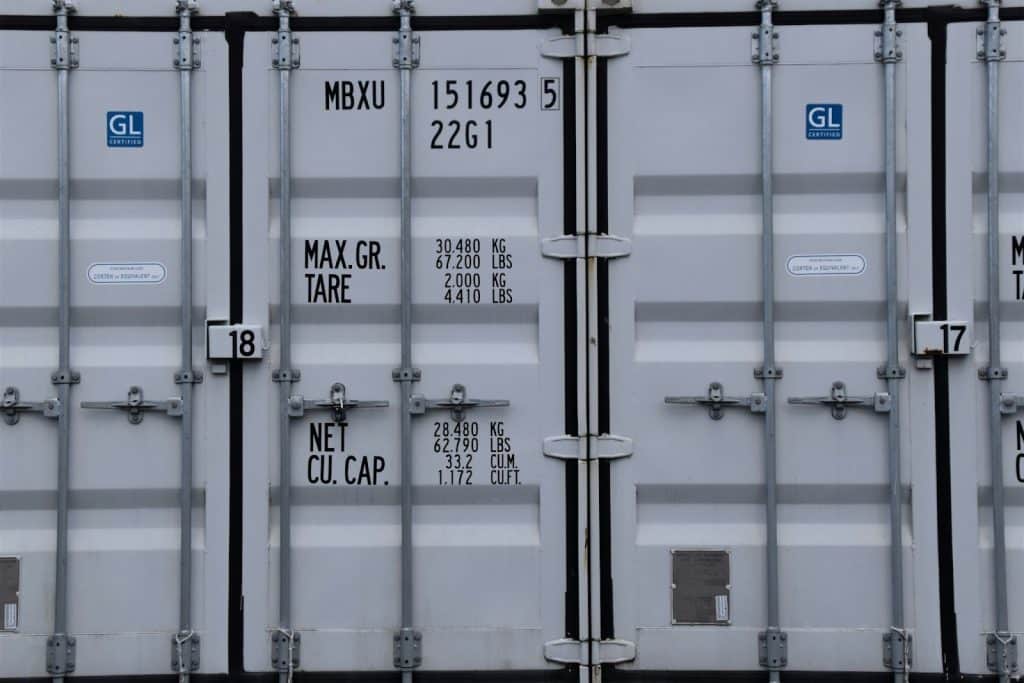If you’ve ever wondered how car parts get from factories to assembly plants safely and efficiently, automotive transport containers are a big part of the answer. These specialized boxes might not look exciting, but they’re essential to keeping the automotive industry running smoothly.
In this beginner’s guide, we’ll break down everything you need to know about automotive transport containers in simple terms. No complicated jargon, just straightforward explanations of what they are, why they matter, and how they work.
What Exactly Are Automotive Transport Containers?
Automotive transport containers are sturdy, reusable boxes designed specifically to ship car parts and components. Think of them as the heavy-duty cousins of regular shipping boxes, but built to protect expensive automotive parts during transport.
These containers come in various sizes and designs to hold different types of parts from small engine components to large body panels. They’re engineered to keep parts safe from damage, moisture, and contamination while being moved by truck, train, or ship.
Unlike disposable cardboard boxes, these containers are made to be used over and over again. After delivering parts to one location, they’re sent back empty, cleaned, and used again for the next shipment. Companies like Goodpack specialize in providing these reusable container systems to automotive manufacturers worldwide.
Why Can’t We Just Use Regular Boxes?
You might be thinking: “Why not just use cardboard boxes like everything else?” Good question, and the answer comes down to protection and efficiency.
Automotive parts are expensive and often precisely manufactured to exact specifications. A small dent, scratch, or exposure to moisture can make a part unusable. Regular cardboard boxes just can’t provide the level of protection needed.
Additionally, automotive factories receive thousands of parts every day. Using disposable packaging would create mountains of waste and require constant purchasing of new boxes. Reusable containers solve both the protection problem and the waste problem at once.
The Different Types of Automotive Containers

Not all automotive containers look the same because different parts need different solutions. Let’s break down the main types you’ll encounter.
Standard Rigid Containers are the most common type. These are fixed-size boxes with lids that protect parts during transit. They’re stackable, durable, and perfect for smaller components like engine parts, electronics, or fasteners.
Collapsible Containers can fold down when empty. This is genius for return logistics. Instead of shipping back bulky empty containers, you can collapse them and fit more in one truck. This saves money and reduces the number of trips needed.
Understanding Container Features
Modern automotive containers aren’t just simple boxes. They come with thoughtful features that make logistics easier and safer.
Integrated lids keep parts secure and protected from dust and moisture. Some lids lock in place to prevent tampering during transport. Others are removable for easy loading and unloading.
Forklift compatibility is crucial for warehouse efficiency. Most containers have entry points that allow forklifts or pallet jacks to lift them easily from multiple sides, making loading and unloading quick and safe.
Stackability means containers can be stacked on top of each other without crushing the parts inside. This maximizes space in trucks and warehouses, getting more parts delivered in fewer trips.
How the Container Rental System Works
Here’s where it gets interesting for companies new to this system. Many automotive suppliers don’t buy containers outright; they rent them through a pay-per-use model.
Here’s how it typically works: A supplier orders containers, fills them with parts, and ships them to the customer. The customer receives the parts, empties the containers, and returns them to a collection point. The supplier pays only for the time and containers they actually use.
This system eliminates the need to buy thousands of containers upfront. No storage costs for empty containers. No maintenance headaches when containers need repair. It’s logistics made simple.
Materials Matter: What Are They Made Of?
Most quality automotive transport containers are made from galvanized steel. This material is chosen for very good reasons.
Steel is incredibly durable and can handle the rough-and-tumble world of shipping and logistics. It protects contents from impacts, stacking pressure, and external damage. Galvanization adds a protective coating that prevents rust and corrosion, even in humid or wet conditions.
Some containers use high-grade plastics, especially for lighter parts or where weight is a concern. These plastic containers still offer excellent protection while being easier to handle manually.
Size and Capacity: Getting It Right
Automotive containers come in standardized sizes that fit efficiently into trucks, shipping containers, and warehouse racking systems. This standardization is crucial for smooth logistics operations.
Common dimensions are designed to maximize space usage. Containers typically measure between 1,000mm to 1,200mm in length and width, with varying heights depending on what they’ll carry. Weight capacities usually range from 500kg to over 1,000kg, depending on the container design.
The right size depends on what you’re shipping. Small precision parts might need smaller compartmentalized containers, while large body panels require bigger containers with extra protection.
Protection Features You Should Know About
Good automotive containers aren’t just strong boxes; they’re engineered to protect specific types of parts. Understanding these protection features helps you choose the right container.
Shock absorption through design features or padding prevents damage from bumps and drops during handling. Moisture protection through sealed lids and drainage systems keeps parts dry even in rain or humidity.
Anti-scratch interiors prevent parts from rubbing against rough surfaces. Some containers have foam inserts, dividers, or custom molding to hold parts securely in place during transit.
Line-Side Delivery: Factory Integration
One of the coolest things about modern automotive containers is how they integrate directly into factory workflows. This is called line-side delivery.
Containers are designed so they can be delivered directly to the assembly line where parts are needed. Workers can access parts easily without unpacking or transferring them to other containers. This saves time and reduces the risk of damage or mixing up parts.
Some containers have features like document pouches on the outside for shipping papers and barcodes for easy tracking and inventory management.
The Environmental Benefits
Here’s something that matters more and more these days: reusable containers are significantly better for the environment than disposable packaging.
A single reusable container can replace hundreds or thousands of cardboard boxes over its lifetime. This means less waste going to landfills, fewer trees cut down for cardboard production, and less energy used in manufacturing packaging.
The pay-per-use rental model also means containers stay in circulation longer. When one company is done with them, they go to the next company. This circular economy approach reduces overall resource consumption.
Transportation Versatility

Automotive containers aren’t limited to one type of transport. They’re designed for multimodal shipping, meaning they can go by truck, train, or ship seamlessly.
This versatility is important because automotive supply chains often involve multiple transportation methods. Parts might start on a truck, transfer to a train for long-distance haul, then finish on another truck for final delivery.
Standardized dimensions ensure containers fit in standard shipping containers for sea freight or in rail cars for train transport. This flexibility keeps supply chains moving efficiently.
Tracking and Visibility
Modern container systems often include tracking technology. Barcodes, RFID tags, or GPS devices let companies know exactly where their containers are at any moment.
This visibility is valuable for planning. Companies can see when containers will arrive, track container inventory, and ensure they have enough containers available for upcoming shipments.
Digital platforms allow companies to manage their entire container fleet online. Request containers, track shipments, schedule returns, and access analytics all from a computer or smartphone.
Maintenance and Lifecycle
Quality automotive containers are built to last for years, but they do need maintenance. Professional container providers handle this maintenance as part of their service.
Containers are regularly inspected for damage, cleaned between uses, and repaired when necessary. Worn-out parts like hinges or latches are replaced to keep containers functioning properly.
At the end of their useful life, steel containers can be recycled. The galvanized steel is valuable scrap metal that can be melted down and used to make new products, completing the sustainability cycle.
Cost Considerations Made Simple
Understanding the economics helps explain why so many automotive companies use rental containers rather than buying their own.
Buying containers requires a large upfront investment. A fleet of thousands of containers costs serious money. Plus, you need space to store them when they’re not in use, staff to maintain them, and systems to track them.
Renting converts these fixed costs into variable costs. You pay only for what you use when you use it. No storage needed. No maintenance staff required. The rental company handles everything.
For most companies, especially those with fluctuating volumes, rental makes much more financial sense than ownership.
Safety Considerations

Containers aren’t just about protecting parts; they also need to be safe for the people handling them. Good container design considers human factors.
Ergonomic handles make manual handling easier and safer. Smooth edges prevent cuts and injuries. Weight limits ensure containers aren’t overloaded to the point where they become dangerous to lift or move.
Clear labeling helps warehouse workers know what’s inside and how to handle containers properly. Warning labels indicate if contents are fragile, heavy, or require special handling.
Choosing the Right Container for Your Needs
If you’re new to automotive containers, knowing what to look for helps you make smart choices. Consider what parts you’re shipping first.
Small, delicate parts need containers with compartments or padding. Large parts need bigger containers with reinforcement. Heavy parts need containers with high weight capacity and strong lifting points.
Think about your logistics setup too. How will containers be moved in your warehouse? What transportation methods will you use? Do you need containers that can be stacked high, or will they be stored on racks?
Integration with Existing Systems
A common concern for companies new to reusable containers is how they’ll work with existing processes. The good news is that modern container systems are designed for easy integration.
Most containers work with standard material handling equipment. Your existing forklifts, pallet jacks, and conveyor systems can handle them without modifications. Container providers often offer training and support to help your team adapt to the new system.
Digital tracking systems can usually integrate with your existing warehouse management or ERP software, so you maintain visibility across your entire operation.
Common Misconceptions Cleared Up
Let’s address a few common misunderstandings about automotive transport containers that sometimes hold companies back from trying them.
“They’re too expensive.” Actually, rental models often cost less than constantly buying disposable packaging, especially when you factor in disposal costs.
“They’re complicated to manage.” Modern digital platforms make container management straightforward. Most companies find it simpler than managing disposable packaging inventory.
“We don’t ship enough volume.” Container rental works for companies of all sizes. You can start with a small number and scale up as needed.
Getting Started with Automotive Containers
If you’re considering making the switch to reusable automotive containers, the process is simpler than you might think. Start by assessing your current packaging needs and costs.
Contact container providers to discuss your specific requirements. They can recommend appropriate container types and estimate costs based on your shipping volumes. Many offer trial periods so you can test the system before fully committing.
Implementation usually happens gradually. You don’t need to switch everything at once. Many companies start with one product line or one shipping lane and expand from there as they see the benefits.
The Bottom Line
Automotive transport containers might seem like a small detail in the big picture of manufacturing and logistics. But they play a crucial role in keeping automotive supply chains running efficiently, safely, and sustainably.
For companies shipping automotive parts, understanding these containers and how they work is essential knowledge. Whether you’re just getting started or looking to optimize your current logistics, reusable container systems offer compelling benefits worth exploring.
The automotive industry is moving toward more sustainable, efficient logistics solutions. Reusable transport containers are a proven technology that delivers on both these goals while protecting valuable parts and reducing costs.
Now that you understand the basics, you’re equipped to make informed decisions about automotive transport containers for your business.
